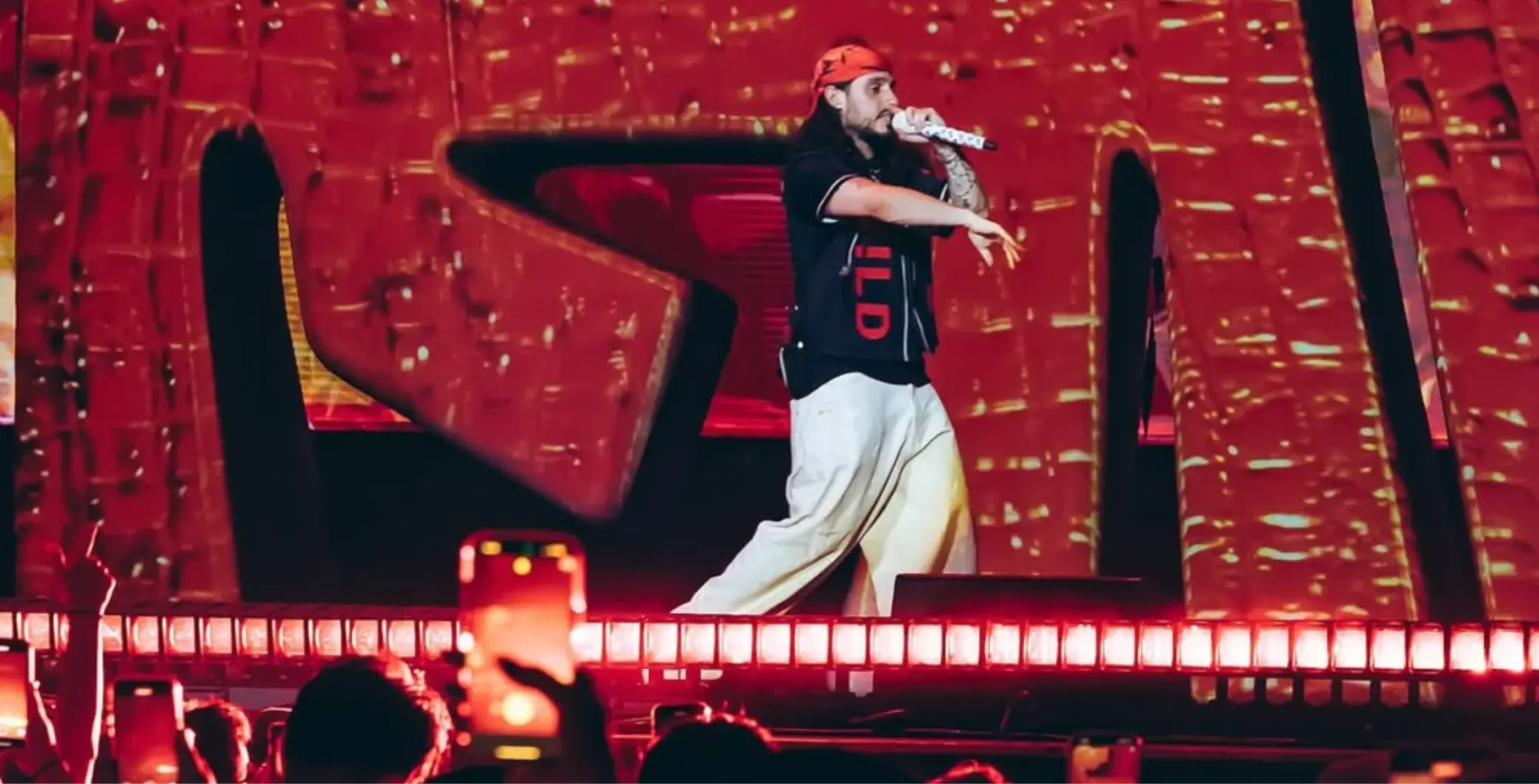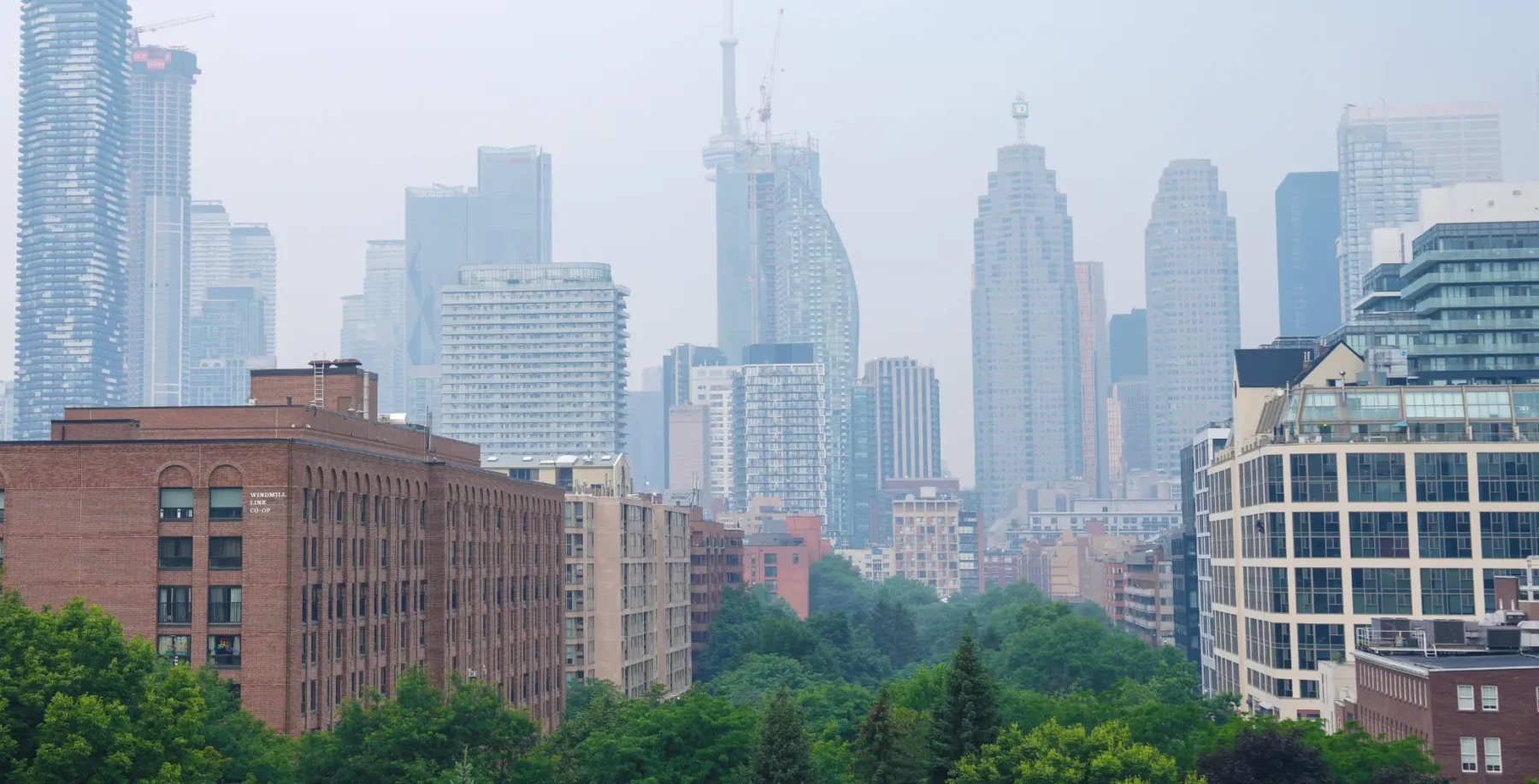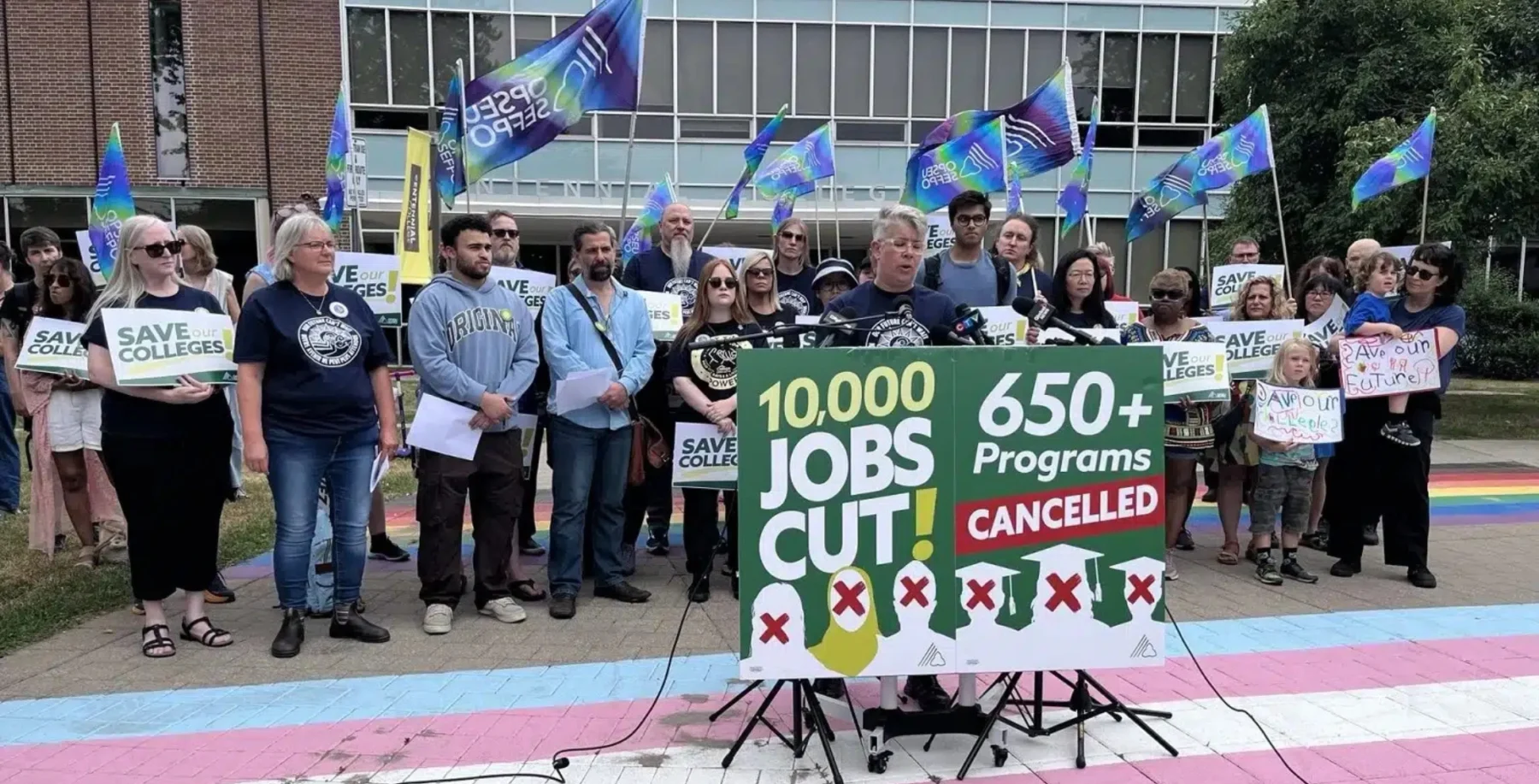
To hear Councillor Glenn De Baeremaeker tell it, the mayor’s graffiti strategy will turn Toronto into an urban artist’s paradise. Business leaders will work hand-in-hand with disadvantaged youth to create public murals, while tags and gang signs will be buffed away before the spray paint dries.
“I didn’t think this was going to come out this well. I thought at the beginning of this program, it was basically ‘We’re going to get you, this is a crackdown,'” said De Baeremaeker at the conclusion of a Licensing and Standards Committee meeting that endorsed Rob Ford’s graffiti strategy. “Not only will we have less graffiti in the end, we’re going to have more beauty in this city.”
While De Baeremaeker might be overly optimistic (he suggested ending the meeting with a group hug), this plan isn’t as antagonistic to public art as we were led to believe. When the mayor staged his now infamous pressure washer photo-op and declared he was going to clean up Toronto, he became graffiti artists’ number one enemy and frequently their favourite muse. Unflattering images of Ford popped up on walls across Toronto.
Those images are still on the mayor’s hit list, but the new Graffiti Management Plan does make room for a lot of other public art, at least in theory. The crux of the plan is to differentiate between vandalism “while supporting graffiti art and other street art that adds vibrancy and delight to our streets.”
The city intends to compile a database of protected street art and designated graffiti areas, including as much information as possible about the artists themselves. The existing Community and Graffiti Transformation Program, which gives money to art organizations to hire youth to both remove graffiti and create their own public art, would be expanded. The program would partner artists with business owners, who could commission murals on their buildings that would simultaneously provide income for local talent and protect the businesses from being repeatedly tagged.
A panel made up of city staff and members of the art community would determine which areas of the city to exempt from whitewashing, like the so-called “graffiti alleys” near Queen and Spadina.
The city would also partner with the Crime Prevention Association of Toronto (CPAT) to run graffiti removal programs and art education programs.
The bottom line remains property owners’ consent. No matter how beautiful a mural might be, if whoever owns the building wants it gone then it loses its exemption.
If this is the mayor’s war on graffiti, it’s one of a limited nature. It’s the Libyan mission of Ford’s civic offensives, as opposed to the Afghan war.
In the language it uses the city’s plan is encouraging but how successful it is depends on its application. Ominously, it gives city staff the task of determining what is art and what is vandalism, a tough job in any case but one that bureaucrats are uniquely unqualified to do, even with the assistance of the plan’s vaguely defined “individuals with experience in the arts.”
Wednesday’s committee meaning also showed there are still a lot of silly misconceptions about graffiti at City Hall. Councillor Frances Nunziata asked an artist present if she was correct in assuming that most graffiti is related to gang activity. Councillor Gloria Linsday Luby mused “I’m not sure these young people even have aspirations to be artists.”
Janet Sherbanowski of CPAT, which will run the graffiti education programs at schools, suggested that the first sign of a vandal was doodling on classroom desks, and students need to be taught at an early age that kind of thing is unacceptable.
Noted graffiti artist Cruz1, who addressed the committee, is living proof that street art can’t easily be divided into vandalism and beautification. He said he started off tagging when he was rolling with a gang in Parkdale, but these days his work is commissioned by Holt Renfrew and Bell.
Nevertheless Cruz1 backs the city’s plan, and said he was hopeful that by working with kids older artists can show there are better uses to spray paint than tagging. “I think at the end of the day everybody’s just trying to bridge some form of understanding, to form some sort of positive solution,” he said.
If all goes well, Toronto will foster a vibrant public art scene that gives listless youth a creative outlet. The idea is that the more good graffiti we promote, the less bad graffiti we end up with. But no matter how many city-sponsored programs councillors can design, they will never deter bombers for whom vandalizing property is a central goal of their work. And of course, those people are the problem in the first place.
Zion, another local artist who addressed the committee, summed it up this way: “Nobody owns graffiti. No one can adopt it. Your thing right from the day you jump in is to do something different that’s never been done before. Everyone’s an individual, like a finger print, in their expression of graffiti.”
The new graffiti plan will go before City Council for approval on July 12.












